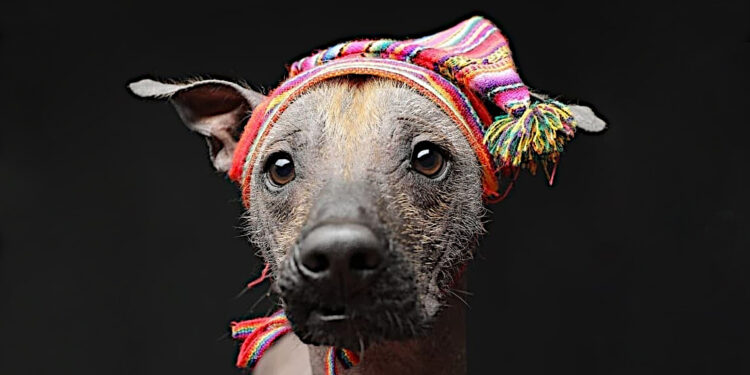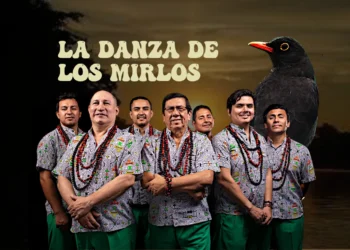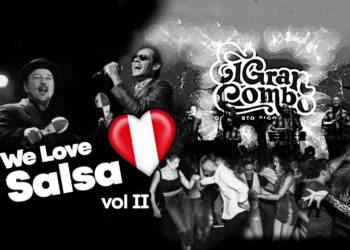This post is also available in:
Español
English
De Peruaanse haarloze hond, ook wel bekend als “Viringo“, is een van de meest exotische en mysterieuze rassen ter wereld, met een geschiedenis die duizenden jaren teruggaat. Het is niet alleen een van de oudste rassen in Amerika, maar het is ook diep geworteld in de precolumbiaanse cultuur van Peru, waar het werd gewaardeerd vanwege zijn uniekheid en zijn veronderstelde genezende eigenschappen. In dit artikel zullen we onderzoeken waarom dit ras zowel Peruanen als hondenliefhebbers over de hele wereld blijft boeien, en hoe het vandaag de dag is herontdekt en gewaardeerd.
Voorouderlijke oorsprong van de Peruaanse haarloze hond
De Peruaanse haarloze hond is een ras dat sinds zijn oorsprong vrijwel onveranderd is gebleven, waardoor het wordt geclassificeerd als een hond van het primitieve type. Dit betekent dat de morfologie in duizenden jaren niet is veranderd, waardoor het een ongeëvenaarde natuurlijke waarde heeft. Volgens onderzoekers dateert zijn aanwezigheid in het Andesgebied zelfs tussen 300 en 500 jaar voor Christus, en is zijn beeld vertegenwoordigd in verschillende oude culturen, zoals de Mochica, Chimú, Paracas, Vicús en Chancay.
In de Quechua-taal, een van de talen die ook in Peru voorkomt, heeft de term ‘Viringo’ verschillende betekenissen. Voor sommigen betekent het ‘waarschuwing’ vanwege de scherpte van zijn zintuigen en zijn vermogen om zijn eigenaren te waarschuwen, terwijl andere theorieën suggereren dat het verwijst naar zijn naakte of haarloze toestand, aangezien dit woord wordt gebruikt als synoniem voor ‘naakt’ in andere delen van Zuid-Amerika.
Het wetenschappelijke mysterie achter uw haarverlies
Een van de meest verrassende kenmerken van dit ras is de afwezigheid van vacht, een bijzonderheid die de nieuwsgierigheid van wetenschappers en historici heeft gewekt. Volgens de wetenschap lijdt de Peruaanse haarloze hond aan een genetische aandoening die bekend staat als ectodermale hypoplasie en die de ontwikkeling van de huid en andere delen van het lichaam, zoals tanden, beïnvloedt. Dit syndroom is niet alleen verantwoordelijk voor het gebrek aan vacht, maar ook voor het feit dat de lichaamstemperatuur van deze honden drie graden hoger is dan die van mensen, waardoor ze een natuurlijke warmtebron zijn.
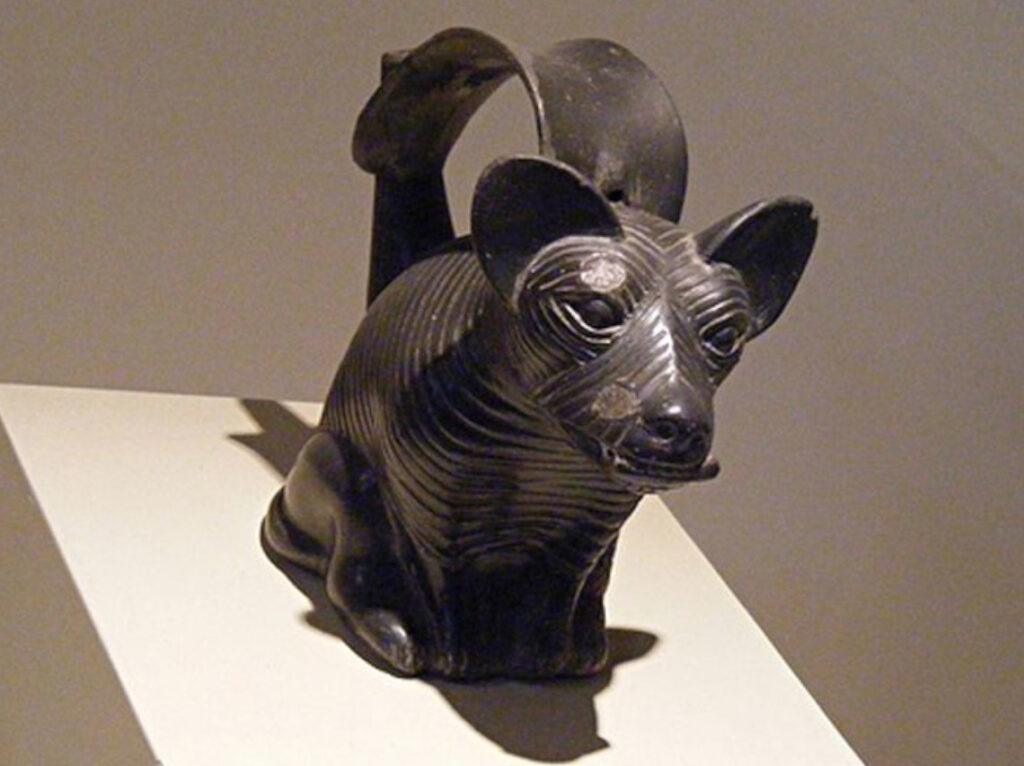
In de oudheid waardeerden de Inca’s en andere Andes-culturen deze hitte als een genezende eigenschap. Men geloofde dat deze honden kwalen zoals astma of reuma konden verlichten, simpelweg door contact met hun warme huid. Deze mythe heeft door de eeuwen heen standgehouden en vandaag de dag blijven veel mensen geloven in de therapeutische eigenschappen van de Peruaanse Haarloze Hond.
De spirituele waarde van “Allqu” of “Kaclla” in de Inca-cultuur
In de Inca-beschaving was de Peruaanse haarloze hond niet alleen een metgezel, maar een heilig dier. Het stond bekend als Allqu of Kaclla, en de Inca’s gebruikten het bij verschillende rituelen en ceremonies die werden uitgevoerd door genezers en sjamanen. Deze honden werden beschouwd als spirituele gidsen, vooral die zwart van kleur, omdat men geloofde dat ze de zielen van de overledene konden begeleiden op hun reis naar het hiernamaals.
Bovendien had zijn lichaam praktische en spirituele waarde voor de oude Peruanen. Na de dood van een van deze honden werd zijn lichaam in zijn geheel gebruikt, hetzij voor rituelen, hetzij vanwege zijn genezende eigenschappen. De Inca’s geloofden dat het bloed luchtwegaandoeningen, zoals astma, kon behandelen, wat het belang van dit dier in hun cultuur onderstreept.
De Peruaanse haarloze hond blijft een van de meest fascinerende rassen ter wereld, gewaardeerd vanwege zijn unieke uiterlijk en de geschiedenis die hij in zijn vacht met zich meedraagt.
De heropleving van een bijna uitgestorven ras
Met de komst van de Spaanse conquistadores naar Peru in de 16e eeuw werd de Peruaanse Haarloze Hond op een heel andere manier waargenomen. De kolonisten beschouwden het als een kwaadaardig en bijgelovig dier, wat leidde tot systematische vervolging van het ras. Eeuwenlang werden deze honden gemarginaliseerd, werden zwerfdieren en verdwenen bijna volledig uit de Peruaanse cultuur.
In 1985 werd het ras officieel geregistreerd bij de Internationale Cynologische Federatie (FCI), en werd het ingedeeld in Groep V, waartoe atletische en behendige honden van het Spitz-type en primitief-type behoren. Dankzij deze internationale erkenning kon het ras gewaardeerd en beschermd worden, zowel in Peru als in andere delen van de wereld.
Gelukkig heeft een heropleving van de belangstelling voor de pre-Columbiaanse geschiedenis en culturele identiteit van Peru geleid tot een heropleving van dit ras. Op 22 oktober 2001 riep het Congres van de Republiek Peru, bij wetsdecreet nr. 27537, de Haarloze Hond van Peru uit tot nationaal erfgoed. Deze verklaring beschermt niet alleen het ras, maar erkent het ook als een deel ervan
Het karakter en de persoonlijkheid van de Peruaanse haarloze hond
Naast zijn exotische uiterlijk valt de Peruaanse haarloze hond op door zijn persoonlijkheid. Het is een intelligente, loyale en beschermende hond, met een kalm maar alert karakter. Hij is aanhankelijk tegenover zijn familie, maar kan gereserveerd zijn tegenover vreemden, waardoor hij een uitstekende waakhond is. Ondanks zijn delicate uiterlijk is het een sterke en gezonde hond, zolang hij de juiste verzorging krijgt voor zijn blootgestelde huid.
De Viringo is vooral aanhankelijk met kinderen en houdt van menselijk gezelschap. Zijn kalme temperament maakt hem ideaal voor rustige huizen, terwijl zijn behendigheid en energie hem een uitstekende metgezel maken voor buitenactiviteiten.
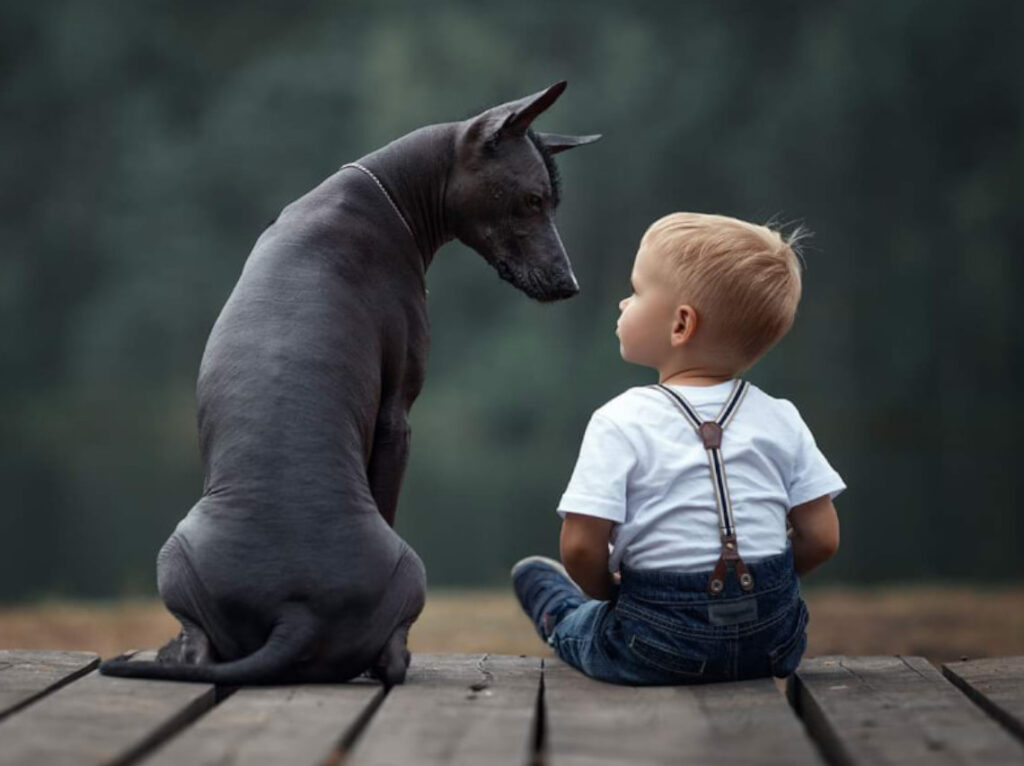
Van de oudheid tot vandaag: een nationaal symbool
Tegenwoordig heeft de Peruaanse haarloze hond zijn plaats in de Peruaanse samenleving herwonnen. Hij is van een verdwaalde en gemarginaliseerde hond veranderd in een geliefde en gewaardeerde hond, net zoals de oude Peruanen van oude beschavingen dat deden. Tegenwoordig is het gebruikelijk om deze honden als huisdier in Peruaanse huizen aan te treffen, waar hun exotische uiterlijk en rijke culturele geschiedenis nieuwe generaties blijven fascineren.
Dankzij inspanningen voor natuurbehoud en een groeiend bewustzijn van de culturele waarde ervan is de Peruaanse haarloze hond opnieuw opgedoken als symbool van de nationale identiteit, die de samensmelting vertegenwoordigt tussen de natuur, de voorouderlijke cultuur en de moderniteit. Zijn geschiedenis, vol ups en downs, maakt hem tot een unieke hond die Peruanen met hun verleden verbindt en hen herinnert aan het belang van het beschermen van hun erfgoed.
De Peruaanse haarloze hond, met zijn indrukwekkende overlevingsverhaal en connectie met pre-Spaanse culturen, is veel meer dan een exotisch ras. Zijn waarde als symbool van culturele identiteit en zijn wedergeboorte als een ras dat zowel in Peru als in het buitenland gewaardeerd wordt, maken het tot een embleem van de culturele rijkdom van het land.
Vanaf zijn verering in de oudheid tot aan zijn bijna uitsterven heeft deze hond bewezen een veerkrachtig en bijzonder ras te zijn, diep verweven met de spirituele en culturele erfenis van de Andesvolken. Tegenwoordig blijft de Peruaanse haarloze hond een van de meest fascinerende rassen ter wereld, gewaardeerd vanwege zijn unieke uiterlijk en de geschiedenis die hij in zijn vacht met zich meedraagt.


